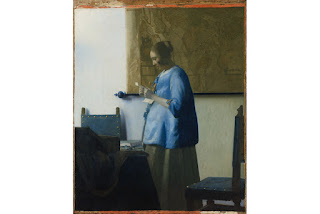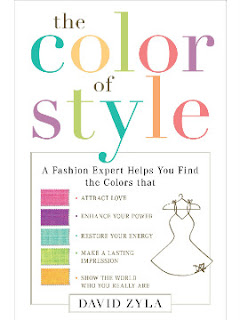A Century of
Hairstyles for Women
Hairstylist
Appreciation Day is April 30th. Here is a look back at popular
styles and fads throughout the decades.
1890’s: Hair
never cut; curls meant sweet temperament; young wore braids or tied in ribbons;
womanhood symbolized by hair on top of head, considered rite of passage; Marcel
wave named after man who developed it; gray and white hair attractive because
it looked soft and young.
1900’s:
Opulent coiffures; swept-up long hair; large waves; huge hats; Gibson Girl
look; top-heavy hair could include hairpiece; hair washed more often due to
larger bathrooms; gray and white hair still popular.
1910’s: Hair
became short, controversial, and followed lines of simple clothing; short hair
seen as expression of grief and later, emancipation after WWI; popular for
practical reasons; center parts, jeweled or feathered headbands; henna used;
women with long “Madonna” hair seen as saintly and vulnerable.
1920’s:
“Eton crop” most popular style; Anita Loos’ little boy cut; bangs (also called
fringe); shingle cut layered toward neck; hair was playful and more exciting;
hairpieces for versatility (abundance of real hair due to mass cutting);
turbans and cloches popular.
1930’s:
Sensual clothing meant softer hair, relief from short, severe styles; slightly
longer, curled, waved, grooved; pageboy, Marcel wave again popular; foreheads
reappeared; dyes, especially platinum blonde; Marlene Dietrich look sought.
1940’s:
Veronica Lake and Lauren Bacall styles; long waves, grown-out pageboy; topknots
(doughnuts); rolled hair with service uniforms; Hollywood a big influence on
how women wanted to look; Ingrid Bergman’s “Joan of Arc” short cut; individual
choice, practicality, and femininity of war years; set own hair in pin curls;
hats worn all the time.
1950’s:
Constant change throughout decade---dyed, teased, razor cut, upswept, pulled
back, short, bobbed, pin curls, bubble cut; bangs like Audrey Hepburn’s “gamin”
look or Shirley Jones’ “butch” cut; large rollers, hairspray, at-home dye kits;
harsh, artificial color; Elizabeth Taylor black or Gene Tierney red; earrings
popular; hats disappear.
1960’s:
Long, straight hair; the natural look; Twiggy’s short, urchin cut; Vidal
Sassoon’s geometric shapes from London; false hair (called falls); Revlon’s
Flex, the first protein shampoo; long hair appears on boys and brave men; for
the first time, models, celebrities, and singers look like ordinary young
women; unisex fashions and long hair create the sometimes humorous/sometimes
mean-spirited question, “Are you a boy or a girl?”
1970’s:
Innovative and varied; perms, Afros, tiny braids, crimping (ethnic looking);
low maintenance “wash and wear” styles scrunched with fingers; highlights more
common; Jane Fonda’s short shag in Klute;
Farrah Fawcett’s cut (layered with “wings” on the sides) became one of the most
popular hairstyles ever.
1980’s:
High-maintenance hair returns; expensive coifs for professional women; blonde
bouffants for older women; Ivanna Trump; Joan Collins and Linda Evans from Dynasty; long and loose for young;
gelled, spiky, sharp ‘dos, thanks to punk influence in Europe and New York
City; all kinds of color including red, blue, purple, etc.
1990’s: Back
to individuality; condition and sleekness more important than sculpted look;
redheads popular; hair extensions for immediate length; shaved heads for women
(Demi Moore in G. I. Jane); Meg
Ryan’s tousled mop-top; Jennifer Anniston’s layered cut from Friends.
Information
from Creative Forecasting, Inc., April
2003
In the 21st century, colorful hair crops up in various guises; for color lovers, it is a lark.




















